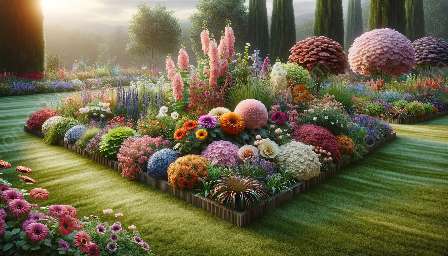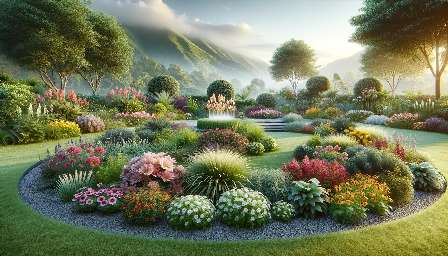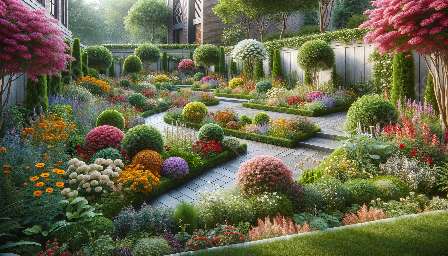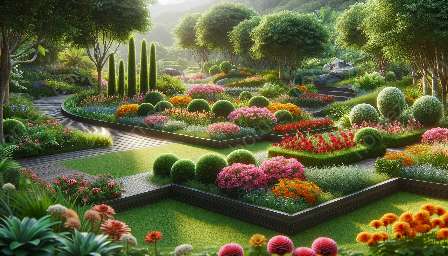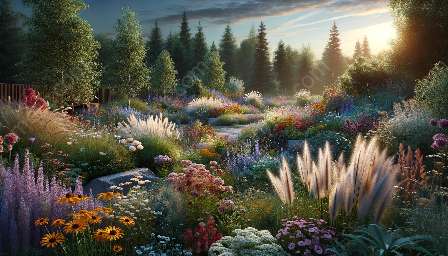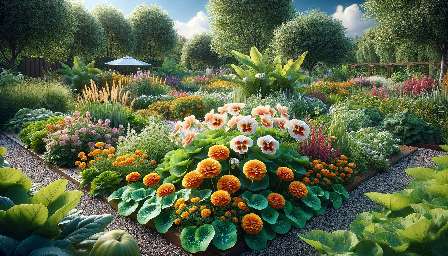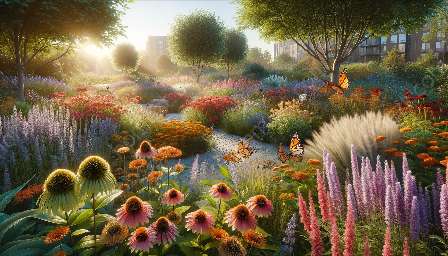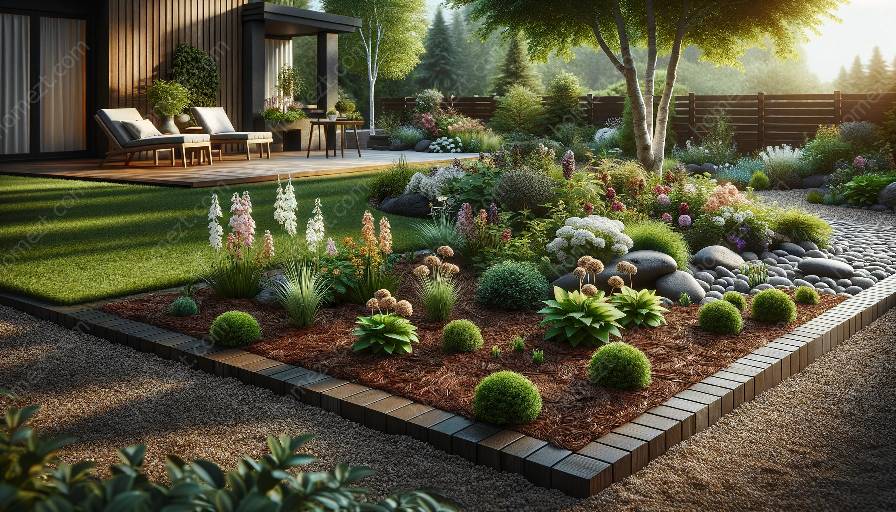Mulching is an essential practice in gardening and landscaping, especially for enhancing flower bed designs. It not only adds aesthetic appeal to the garden but also provides numerous benefits for plant health and soil quality. In this comprehensive guide, we will explore the importance of mulching, its impact on flower bed design, and its role in gardening and landscaping.
What is Mulching?
Mulching refers to the process of covering the soil around plants with a protective layer of organic or inorganic material. This layer acts as a protective barrier, conserving moisture, regulating soil temperature, preventing weed growth, and enhancing the overall appearance of the garden. Mulching materials can include organic substances such as compost, shredded bark, straw, or leaves, as well as inorganic options like plastic sheeting or gravel.
Benefits of Mulching for Flower Bed Design
When it comes to flower bed design, mulching offers several advantages. Firstly, mulch provides a visually appealing backdrop for the flowers and plants, creating a clean and uniform appearance. It can also help define the edges of the flower beds, adding structure and visual impact to the overall design.
Furthermore, mulching helps to retain moisture in the soil, reducing the need for frequent watering and promoting healthy plant growth. By insulating the soil, mulch also regulates soil temperature, protecting plant roots from extreme heat or cold, which is especially beneficial for delicate flowers and perennials.
Additionally, mulch acts as a natural weed barrier, suppressing the growth of unwanted plants and minimizing the need for manual weeding. This not only saves time and effort but also maintains the pristine look of the flower beds.
Mulching in Gardening and Landscaping
Beyond flower bed design, mulching plays a crucial role in gardening and landscaping. In vegetable gardens, mulch helps to control soil erosion, enhance soil fertility, and improve the overall health of the crops. It can also prevent soil compaction and minimize the impact of heavy rainfall or strong winds on the garden beds.
When incorporated into landscaping, mulch serves both functional and aesthetic purposes. It can be used to create defined pathways, highlight specific plantings, or unify different areas of the garden, adding visual interest and cohesiveness to the overall landscape design.
Types of Mulch and Application Techniques
There are various types of mulch available, each with its unique characteristics and suitability for different plants and garden settings. Organic mulches, such as wood chips and shredded leaves, gradually decompose and enrich the soil with organic matter, improving its structure and fertility over time.
Inorganic mulches, such as gravel or landscape fabric, provide long-lasting weed control and moisture retention, making them ideal for areas with high foot traffic or for drought-tolerant plantings. When choosing mulch, consider the specific needs of the plants, the climate, and the aesthetic preferences for the garden design.
Proper mulching techniques involve spreading the material evenly around plants, leaving a small gap around the base of the stems to prevent moisture-related issues. It's important to replenish the mulch layer as it decomposes to maintain its effectiveness and aesthetic appeal.
Conclusion
In conclusion, mulching is a fundamental practice that greatly benefits flower bed design, gardening, and landscaping. Its ability to conserve moisture, suppress weeds, regulate soil temperature, and enhance the visual appeal makes it an indispensable tool for creating thriving, beautiful gardens. By understanding the importance of mulching and embracing its diverse applications, gardeners and landscapers can elevate the quality and sustainability of their outdoor spaces.

